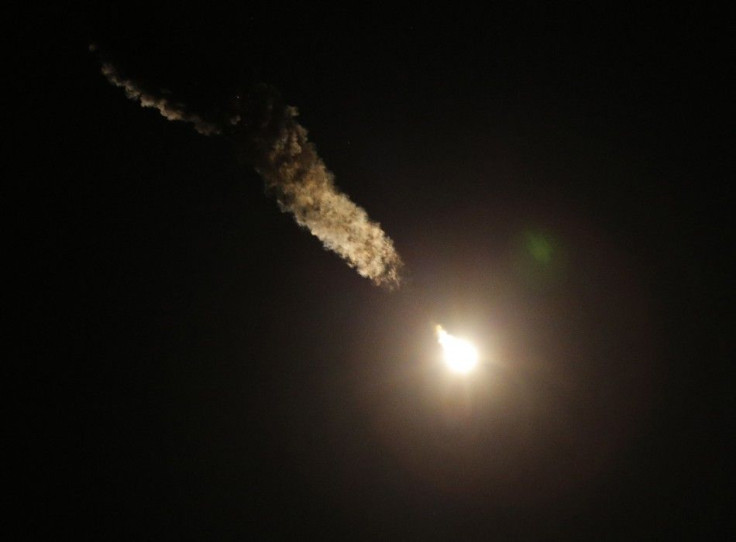A Beautiful Selfie Of The Rosetta With A Comet Photo-Bombing Was Captured 250 Miles Away From Earth[Watch Video]

A robotic selfie was captured using one of the cameras on the Philae lander of the Rosetta spacecraft with 67P/ Churyumov-Gerasimenko, a comet, photo-bombing it. The comet was 31 miles away from the lander. The selfie shows images of a side of the spacecraft as well as one of its solar wings.
The image was released on Sep. 10 by the European Space Agency that allows the viewer to get a perspective of both, the spacecraft as well as the comet.
According to io9, the selfie was captured with the help of one of the 10 instruments called the Comet Infrared and Visible Analyzer that will be used to study the comet when it lands on the surface. Of the five potential landing sites the European Space Agency decided, the agency will pick out one which will be announced during an event on Sep. 15.
The image is black-and-white which shows the Philae's perspective as of Sep. 7 with both, the 'head' and 'body' of the comet clearly visible.
In a blog entry, the ESA officials wrote that there were two images captured at different exposure times, which were then combined to bring out the details of the high contrast situation. They added that the image was a part of the preparations made for the lander as it makes the first attempt to land on a comet.
The scientists are hoping that with the help of Rosetta and Philae, they will be able to learn about the mechanics of comets, which are the leftovers from the beginning of the solar system. In 2004, Rosetta was launched on a ten-year journey and arrived at the comet in August this year. The probe has been helping attain beautiful images of the target, Comet 67P/C-G, which takes about six and a half years to orbit the sun.
The mission was named Rosetta because of the Rosetta Stone, which is a famous block of rock that was found with text in three different languages inscribed on its face.
In November, the lander is expected to land on the surface of the comet until which time it will be flying with Rosetta close to the comet.
YouTube/Newsloop Tech & Gadgets




















